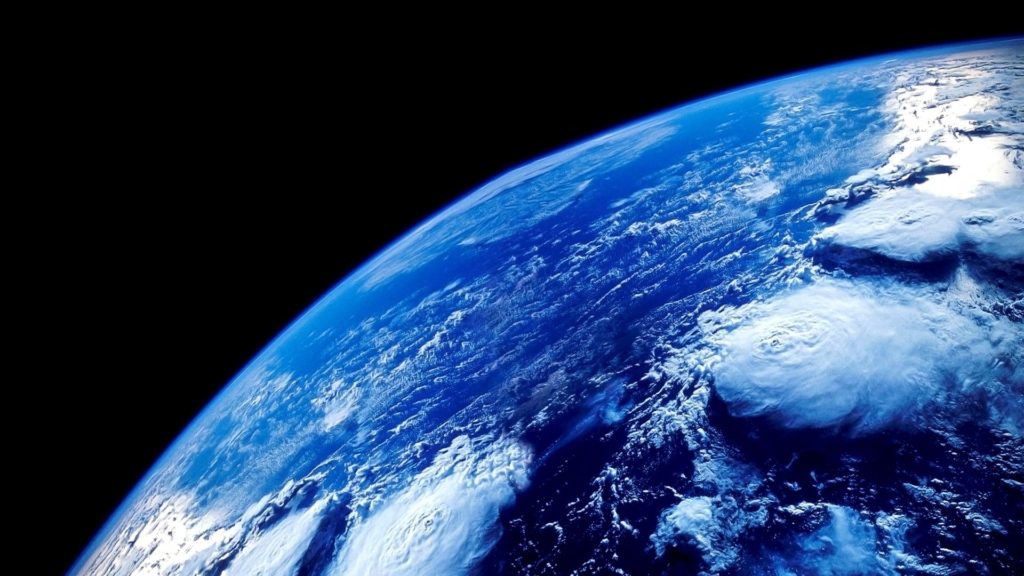Take a Cue from the Clownfish and Make a Difference
April 12, 2013
Intensely orange and aggressive to intruders, the clownfish lives upon the sea anemone, whose otherwise deadly sting has no effect on the clownfish thanks to a slimy mucus on its body. In a clever symbiotic ruse, the clownfish swims away from the anemone, attracts a hungry predator, lures it back to the anemone, who stuns and kills it. The anemone and the clownfish then feast on this predator-turned-prey. High fives all around. Clownfish are peculiar in that they adhere to a strict hierarchy of dominance. The largest and most aggressive female is found at the top. As many other fish, the female lays eggs — usually on flat surfaces close to their host anemone — and males fertilize them. Gender, however, is a slippery subject with clownfish, since they are what’s known as sequential hermaphrodites, meaning they first develop into males and then mature into females. Once the dominant female clownfish is removed from the group, one of the largest and most dominant males will become a female, with the remaining males moving up in the pecking order. No, clownfish aren’t the only sequential hermaphrodites: certain terrestrial snails and plants also exhibit the trait. In nature’s dazzling array of diversity, we find a common thread that connects plants, snails and certain fish. Astounding. The connections between the terrestrial realm and the blue heart of our planet — the ocean — don’t stop there. We are completely dependent on the ocean, as the clownfish is to the anemone, to sustain and enrich us. It’s a simple message: no blue, no green.  Yet, we keep taking too much out — overfishing, trawling, shark finning, etc. — and putting too much in — harmful chemicals, plastics, debris and dissolved atmosphere carbon dioxide produced by global warming. These intense pressures on our planet’s blue heart are accelerating its decline, and we find ourselves standing at a critical inflection point: the next ten years may be the most important of the next 10,000 years, our last chance to save what’s left of our oceans. They may act the clown, but clownfish have the big picture right: we must take care of what sustains us. Join Mission Blue in fighting for a global network of marine protected areas — hopespots. These critical ocean ecosystems can form the seeds of tomorrow’s healthy ocean. And you can help us by spreading the message on Facebook and Twitter or making a contribution — however much you can — to Mission Blue. Click below to learn more about our planet’s Hope Spots.
Yet, we keep taking too much out — overfishing, trawling, shark finning, etc. — and putting too much in — harmful chemicals, plastics, debris and dissolved atmosphere carbon dioxide produced by global warming. These intense pressures on our planet’s blue heart are accelerating its decline, and we find ourselves standing at a critical inflection point: the next ten years may be the most important of the next 10,000 years, our last chance to save what’s left of our oceans. They may act the clown, but clownfish have the big picture right: we must take care of what sustains us. Join Mission Blue in fighting for a global network of marine protected areas — hopespots. These critical ocean ecosystems can form the seeds of tomorrow’s healthy ocean. And you can help us by spreading the message on Facebook and Twitter or making a contribution — however much you can — to Mission Blue. Click below to learn more about our planet’s Hope Spots. 








